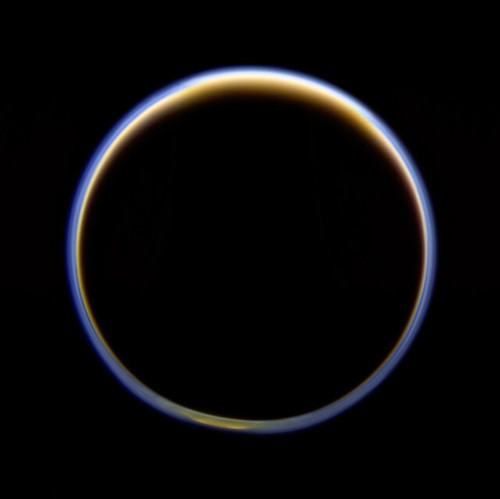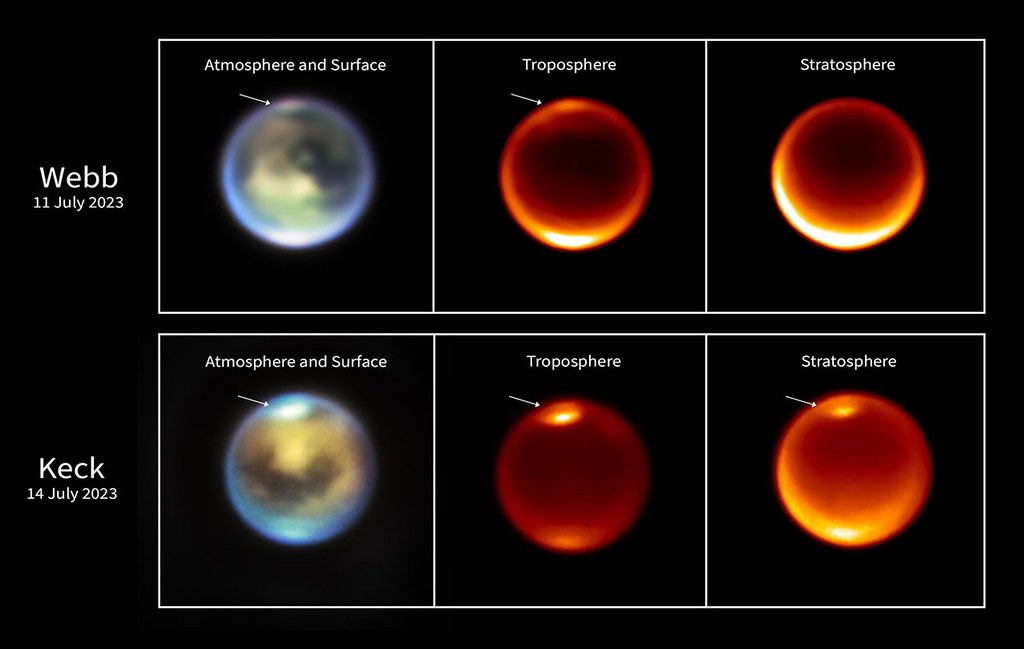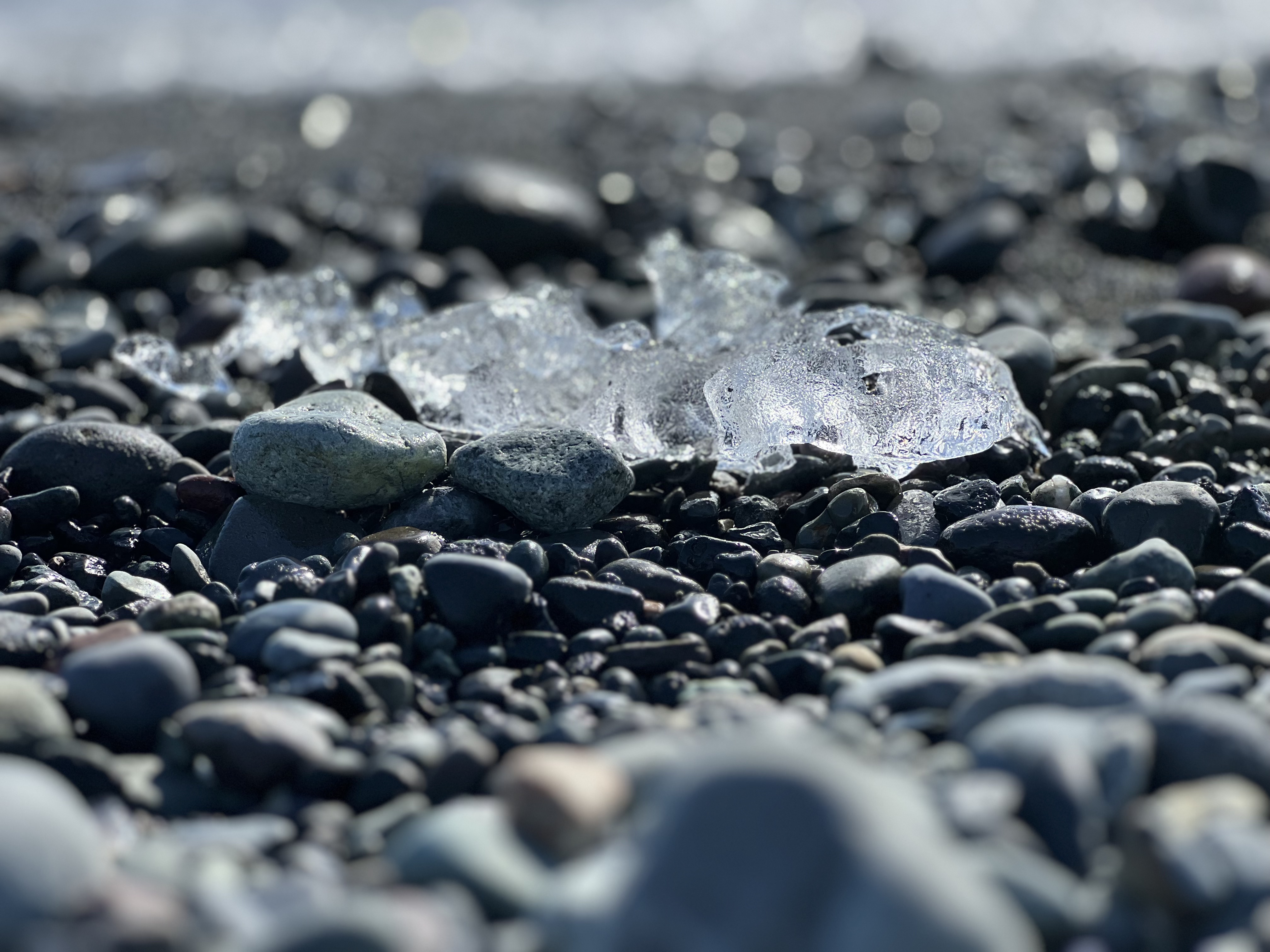
Among the celestial bodies that populate our Solar System, one stands out as a unique and endlessly fascinating enigma: Titan. This colossal moon, the largest of Saturn’s retinue and the second-largest in the entire Solar System, presents a landscape so eerily familiar yet profoundly alien that it continues to captivate scientists and space enthusiasts alike. Often described as a “planet-like moon,” Titan is not merely a frozen sphere; it is a world boasting an atmosphere denser than Earth’s and clear evidence of stable bodies of liquid on its surface.
Its distinctiveness extends beyond its size, which is 50% larger in diameter than Earth’s Moon and even surpasses the planet Mercury, though it is only 40% as massive. This intriguing disparity in mass, compared to Mercury’s primarily iron and rock composition, stems from Titan’s abundant ice. The moon is a captivating blend of ice and rocky material, hinting at a complex internal structure that further sets it apart in the cosmic tapestry.
The story of Titan’s discovery traces back to March 25, 1655, when the Dutch astronomer Christiaan Huygens first observed this distant world. Fascinated by Galileo’s earlier discoveries of Jupiter’s moons and driven by advancements in telescope technology, Huygens, along with his elder brother Constantijn Huygens Jr., embarked on building their own instruments. It was with one of these meticulously crafted telescopes that Christiaan Huygens made the groundbreaking observation of the first known moon orbiting Saturn, initially naming it “Saturni Luna,” or “moon of Saturn.”
Over time, as more of Saturn’s moons were discovered, a more systematic nomenclature became necessary. The name “Titan” itself, along with the names of all seven then-known satellites of Saturn, was proposed by John Herschel, son of the celebrated astronomer William Herschel, in his 1847 publication. Drawing from Greek mythology, these celestial bodies were named after the Titans, a race of formidable immortals, a fitting tribute to a moon of such immense scale and grandeur.

Delving into Titan’s fundamental characteristics reveals a world primarily composed of ice and rocky material. Scientists believe it possesses a rocky core enveloped by multiple layers of ice, including a crust of ice I h, beneath which lies a subsurface layer rich in ammonia-infused liquid water. This internal layering is not merely theoretical; it is supported by observations from the Cassini probe, which detected natural extremely-low-frequency radio waves in Titan’s atmosphere, suggesting a reflection off a liquid-ice boundary of a subsurface ocean.
Further evidence for a decoupled crust and interior liquid layer emerged from observations by the Cassini spacecraft, revealing systematic shifts of surface features by up to 30 kilometers between October 2005 and May 2007. This dynamic movement, combined with variations in its gravity field as it orbits Saturn, strongly implies the presence of a deep, internal ocean. Such a liquid layer beneath its frigid surface raises tantalizing questions about the moon’s geological activity and potential habitability.
Titan’s atmosphere is, without question, one of its most defining and remarkable features. It stands as the only moon in the Solar System known to have an atmosphere denser than Earth’s, with a surface pressure of 1.448 atmospheres. For centuries, this thick, opaque shroud of organic haze obscured Titan’s surface from human view, much like Venus before the Space Age, preventing a clear understanding of its underlying landscape.
The primary constituents of this dense atmosphere are nitrogen, which makes up around 98.6% in the stratosphere and 95.1% in the troposphere, and methane, at concentrations of about 4.92% near the surface. Trace amounts of other hydrocarbons, such as ethane, diacetylene, methylacetylene, acetylene, and propane, are also present, along with various other gases. These hydrocarbons are thought to form in the upper atmosphere when the Sun’s ultraviolet light breaks down methane, leading to the characteristic thick orange smog that perpetually envelops the moon.

The persistent presence of methane in Titan’s atmosphere poses a compelling mystery, as sunlight should convert all traces of it into more complex hydrocarbons within a geologically short span of 50 million years. This implies a continuous replenishment from a reservoir either on or within Titan itself, with the ultimate origin likely being its interior, released through eruptions from cryovolcanoes. Indeed, complex organic chemicals, known as tholins, and polycyclic aromatic hydrocarbons have been detected, highlighting the moon’s rich and active chemistry.
Titan’s climate is a fascinating, albeit frigid, counterpoint to Earth’s, characterized by extreme cold with a surface temperature of approximately 94 K (−179.2 °C). Despite receiving only about 1% as much sunlight as Earth, its methane atmosphere creates a significant greenhouse effect, which, if absent, would render the moon even colder. However, a countervailing anti-greenhouse effect caused by atmospheric haze absorbs sunlight, making the surface colder than the upper atmosphere.
Observations from the Huygens probe have confirmed that Titan’s atmosphere periodically rains liquid methane and other organic compounds onto its surface, creating a unique hydrological cycle. This methane cycle, remarkably similar to Earth’s water cycle but occurring at vastly lower temperatures, sculpts the moon’s landscape with features reminiscent of our own planet. These include vast dunes, intricate river networks, and expansive lakes and seas, all contributing to Titan’s designation as the “most Earth-like celestial object in the Solar System.
Unveiling Titan’s surface has been a monumental undertaking, given the persistent atmospheric haze. The Cassini–Huygens mission, a joint project of the European Space Agency (ESA) and NASA, proved instrumental in providing unprecedented insights. Employing infrared instruments, radar altimetry, and synthetic aperture radar (SAR) imaging during its close fly-bys, Cassini began to map Titan’s hidden landscape from 2004 onwards.

The early images revealed a “complex, fluid-processed, [and] geologically young” surface, despite the moon’s ancient origins. Topographical variations are generally low, typically no more than 150 meters, though occasional elevation changes of 500 meters and mountains reaching over a kilometer have been discovered. The surface appears relatively smooth, with few impact craters, suggesting that processes like erosion, tectonics, or cryovolcanism actively work to erase them over time.
Titan’s surface is delineated by broad regions of bright and dark terrain. Among the most notable is Xanadu, a large, reflective equatorial area comparable in size to Australia, first identified by the Hubble Space Telescope in 1994. This convoluted region is filled with hills, valleys, and chasms, criss-crossed by dark lineaments that may represent tectonic activity or ancient liquid-formed channels, hinting at a dynamic geological past.
Expansive plains cover the majority of Titan’s surface, particularly the “Undifferentiated Plains” located in the mid-latitudes, which appear younger than most major geological features. Another prominent terrain type consists of vast dune fields, or “sand seas,” concentrated within 30 degrees north or south of the equator. These Titanian dunes, typically 1–2 kilometers wide and hundreds of meters tall, are composed of organic material, likely sourced from the atmosphere or fluvial channels, and show evidence of west-to-east sand transport.
Perhaps the most compelling discovery regarding Titan’s surface is the definitive confirmation of stable bodies of liquid hydrocarbons. While tentative detections were made in 1995, the Cassini orbiter provided “definitive evidence of the presence of lakes filled with liquid methane on Saturn’s moon Titan” in January 2007. These liquid bodies are predominantly found in the polar regions, where colder temperatures allow for their permanent presence.

Titan’s north polar region hosts its three largest seas: Kraken Mare, Ligeia Mare, and Punga Mare. Cumulatively, these vast bodies account for roughly 80% of Titan’s sea and lake coverage, spanning 691,000 square kilometers. Their similar sea levels suggest they may be hydraulically connected, forming an interconnected system of hydrocarbon liquid. The composition of these bodies varies, with Ligeia Mare consistent with 71% methane, 12% ethane, and 17% dissolved nitrogen by volume, while Ontario Lacus shows a blend of 49% methane and 41% ethane.
The geological processes shaping Titan extend to tectonics and the intriguing, albeit controversial, concept of cryovolcanism. A 2016 analysis of mountainous ridges, concentrated in the equatorial regions, suggests they are analogous to terrestrial fold belts, indicative of horizontal compression or even global contraction of the ice shell. The identification of cryovolcanic features, where water mixed with ammonia might erupt onto the surface, remains challenging due to imagery limitations, but intriguing candidates exist.
Prominent among these potential cryovolcanoes is a complex of landforms including Doom Mons, Erebor Mons, Sotra Patera, and the flow-like features of Mohini Fluctus. Observations between 2005 and 2006 showed significant brightening in parts of Sotra Patera and Mohini Fluctus, hinting at ongoing cryovolcanic activity. Further indirect evidence comes from the presence of Argon-40 in Titan’s atmosphere, an isotope sourced from the decay of Potassium-40 within its rocky core, which strongly supports active geology capable of bringing materials from the interior to the surface.

Humanity’s journey to understand Titan began long before the age of space probes. Early telescopic observations, though limited, provided the first hints of its uniqueness. In 1907, astronomer Josep Comas i Solà observed distinct limb darkening, providing the inaugural evidence of Titan possessing an atmosphere. Decades later, in 1944, Gerard P. Kuiper utilized spectroscopic techniques to definitively detect methane in its atmosphere, a crucial step in unraveling its composition.
The space age brought closer scrutiny, with Pioneer 11 in 1979 offering initial images and suggesting the moon was too cold to support life. This was quickly followed by the groundbreaking Voyager missions. Voyager 1, in particular, was meticulously designed for an optimized flyby in 1980, allowing scientists to determine the atmosphere’s density, composition, and temperature, alongside a precise measurement of Titan’s mass. Although the atmospheric haze prevented direct imaging of the surface, intensive digital processing of Voyager 1 images later revealed hints of features like Xanadu and Shangri-la.
The Cassini–Huygens mission, reaching Saturn in July 2004, marked a new era in Titan exploration. The Cassini orbiter, with its advanced radar, systematically mapped the moon’s surface, revealing the intricate geology previously hidden. Its flybys provided the highest-resolution images to date, discerning patches of light and dark terrain invisible to the human eye, and confirming the abundance of liquid in the north polar region.
Complementing Cassini’s orbital insights, the Huygens probe made history on January 14, 2005, by successfully touching down on Titan’s surface. This marked the most distant landing of a space probe from Earth, providing an unprecedented in-situ view of this alien world. Huygens photographed pale hills of water ice, with dark “rivers” running down to a dark plain, where organic compounds, formed in the upper atmosphere, are deposited by methane rain over geological timescales.
Upon landing, the probe captured images of a dark plain strewn with small rocks and pebbles, composed of water ice. Evidence of erosion at the base of these rocks indicated past fluvial activity, confirming that fluids have indeed shaped Titan’s features. The ground surface, a mixture of water and hydrocarbon ice, underscored the moon’s unique cryo-geology, leading to the landing site being officially named the Hubert Curien Memorial Station.
The allure of Titan continues to drive ambitious future missions. The upcoming Dragonfly mission, scheduled for launch in July 2028 by the Johns Hopkins Applied Physics Laboratory, is poised to revolutionize our understanding. This large, RTG-powered drone will fly through Titan’s dense atmosphere, studying how far prebiotic chemistry may have progressed, with arrival anticipated in the mid-2030s, promising unprecedented insights into the moon’s organic environment.
Beyond Dragonfly, numerous conceptual missions underscore the scientific community’s keen interest. Proposals have included the Titan Saturn System Mission (TSSM), envisioning a hot-air balloon floating for months in the atmosphere, and the Titan Mare Explorer (TiME), a low-cost lander designed to splash down in Ligeia Mare to investigate its chemistry and origins. Other concepts, such as the Aerial Vehicle for In-situ and Airborne Titan Reconnaissance (AVIATR) and even a Titan Submarine, speak to the boundless possibilities of exploring this extraordinary world.
Ultimately, the exploration of Titan is deeply intertwined with one of humanity’s most profound questions: Are we alone? Titan is widely regarded as a prebiotic environment, rich in complex organic compounds, presenting conditions that, in some ways, resemble those hypothesized for the primordial Earth. However, its surface temperature of −179 °C is currently understood to be too frigid for life as we know it.

Yet, the discovery of a global ocean beneath Titan’s ice shell offers a tantalizing prospect. Within this hidden ocean, conditions might be potentially suitable for microbial life, shielded from the harsh surface environment. While the Cassini–Huygens mission was not equipped to detect biosignatures, its findings have unveiled a world where the building blocks of life could potentially form and evolve, as demonstrated by experiments showing the generation of nucleotide bases and amino acids under Titan-like atmospheric conditions.
Titan stands as a beacon for astrobiological research, a natural laboratory where the intricate processes of organic chemistry unfold on a grand scale. It invites us to ponder the diverse pathways life might take across the cosmos, urging us to continue our ambitious journeys to unravel its many secrets. This remarkable moon, with its hydrocarbon seas, nitrogen atmosphere, and potential subsurface ocean, beckons us to look beyond Earth and imagine the vast, life-sustaining possibilities that may lie hidden in the cold, dark reaches of our solar neighborhood.




